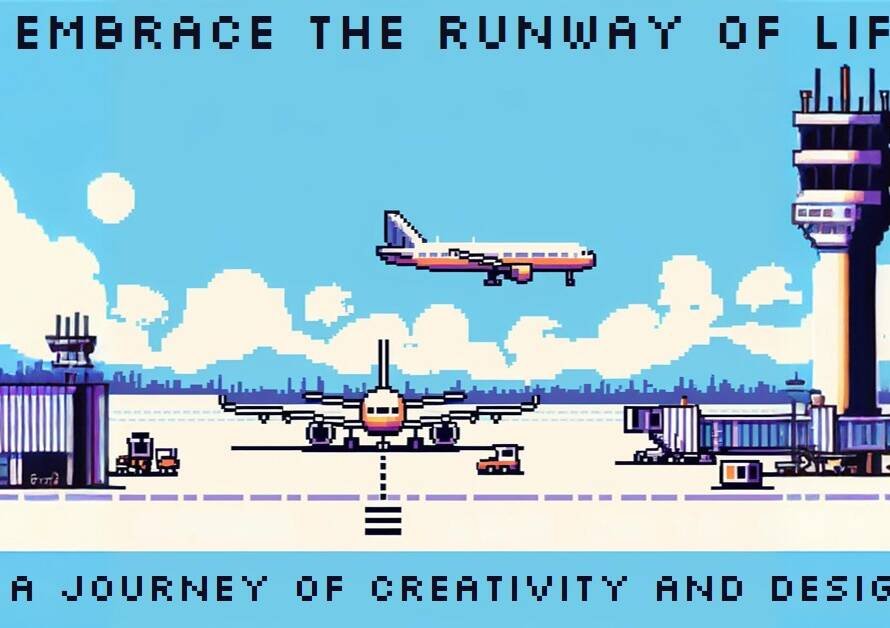
Table of Contents
- Introduction: The Art of Rendering Realities
- The Foundations: Understanding 3D Modeling
- Tools of the Trade: Essential Software for 3D Modeling
- The Process: From Concept to Creation
- Texturing: Adding Depth and Realism
- Shading and Lighting: Crafting the Visual Experience
- Rendering: Bringing Models to Life
- Applications: Diverse Uses of 3D Modeling and Rendering
- Challenges and Future Trends: Navigating the 3D Landscape
- Conclusion: Embracing the Future of 3D Technology
Introduction: The Art of Rendering Realities
In the ever-evolving landscape of digital technology, 3D modeling and rendering stand out as revolutionary tools. These technologies have transcended beyond mere visualization techniques to become essential in various industries, including entertainment, architecture, engineering, and healthcare. This blog post delves into the intricacies of 3D modeling and rendering, shedding light on their significance, processes, and applications.
The Foundations: Understanding 3D Modeling
3D modeling is the process of creating a three-dimensional representation of any object or surface. This is achieved through specialized software that allows designers to build models using a set of mathematical coordinates. The model can be as simple as a basic geometric shape or as complex as a detailed representation of a human figure.
To understand 3D modeling, one must grasp the concepts of vertices, edges, and faces. Vertices are points in 3D space, edges are the lines that connect these points, and faces are the flat surfaces enclosed by edges. Together, they form the building blocks of any 3D model. This foundational knowledge is crucial for anyone aspiring to create intricate and realistic models.
Tools of the Trade: Essential Software for 3D Modeling
Several software packages cater to the diverse needs of 3D modelers. Popular options include Blender, Autodesk Maya, 3ds Max, and Cinema 4D. Each of these programs offers a unique set of features and tools, tailored to different aspects of 3D modeling and rendering.
Blender, for instance, is renowned for its versatility and being open-source, making it accessible to beginners and professionals alike. Autodesk Maya, on the other hand, is favored in the film and gaming industries for its robust animation capabilities. Choosing the right software depends on the specific requirements of the project and the user’s proficiency level.
The Process: From Concept to Creation
The journey from concept to a fully realized 3D model involves several stages. Initially, the concept phase focuses on sketching and conceptualizing the model. This is followed by the creation of a basic mesh, which serves as the skeleton of the model.
Subsequently, the model undergoes a refinement process where details are added, and the mesh is optimized. Techniques such as sculpting, texturing, and shading are employed to enhance realism. The final stage involves rigging and animation, where the model is prepared for movement, breathing life into the digital creation.
Texturing: Adding Depth and Realism
Texturing is a crucial step in 3D modeling, responsible for adding color, patterns, and details to the surface of the model. Textures can range from simple colors to complex images mapped onto the model. This process significantly enhances the visual appeal and realism of the model.
Various techniques are employed in texturing, such as UV mapping, bump mapping, and procedural texturing. UV mapping involves projecting a 2D image onto a 3D model, while bump mapping adds depth by simulating bumps and wrinkles. Procedural texturing uses algorithms to create textures, allowing for endless variations and greater control.
Shading and Lighting: Crafting the Visual Experience
Shading and lighting are pivotal in defining the final appearance of a 3D model. Shading determines how light interacts with the surface, affecting the model’s color and brightness. Different shading models, such as Phong, Blinn, and PBR (Physically Based Rendering), offer varied approaches to simulate realistic lighting.
Lighting, on the other hand, sets the mood and atmosphere of the scene. Techniques such as global illumination, ambient occlusion, and ray tracing are used to achieve realistic lighting effects. Proper shading and lighting can transform a simple model into a visually stunning masterpiece.


Rendering: Bringing Models to Life
Rendering is the process of generating a final image or animation from a 3D model. This involves calculating the interactions of light, materials, and textures to produce a photorealistic output. Rendering can be a time-consuming process, depending on the complexity of the scene and the desired quality.
There are two main types of rendering: real-time and offline rendering. Real-time rendering is used in applications like video games, where images need to be generated quickly. Offline rendering, used in films and animations, allows for higher quality and more detailed images but requires more processing time.
Applications: Diverse Uses of 3D Modeling and Rendering
3D modeling and rendering have a wide range of applications across various industries. In the entertainment industry, they are used to create stunning visual effects and realistic animations. Architectural visualization relies on these technologies to produce lifelike representations of buildings and interior spaces.
In the field of medicine, 3D modeling aids in visualizing complex anatomical structures, facilitating better understanding and planning of surgical procedures. The automotive industry uses 3D rendering to design and test new vehicle models. The possibilities are endless, with 3D technology continually expanding into new realms.
Challenges and Future Trends: Navigating the 3D Landscape
Despite the advancements, 3D modeling and rendering come with their own set of challenges. These include the steep learning curve associated with mastering the software, the significant computational power required for rendering, and the need for continuous learning to keep up with evolving technologies.
Looking ahead, trends such as virtual reality (VR), augmented reality (AR), and artificial intelligence (AI) are poised to revolutionize the 3D modeling and rendering landscape. These technologies promise to enhance interactivity, realism, and efficiency, opening new avenues for innovation and creativity.
Conclusion: Embracing the Future of 3D Technology
In conclusion, 3D modeling and rendering are at the forefront of digital innovation, offering unparalleled opportunities for creativity and practical applications. As these technologies continue to evolve, they will undoubtedly reshape various industries, pushing the boundaries of what is possible. Embracing these advancements will be key to staying ahead in the dynamic world of digital creation.
Through understanding the foundations, mastering the tools, and staying abreast of emerging trends, anyone can harness the power of 3D modeling and rendering to bring their visions to life. The future of 3D technology is bright, and the possibilities are as limitless as our imagination.


